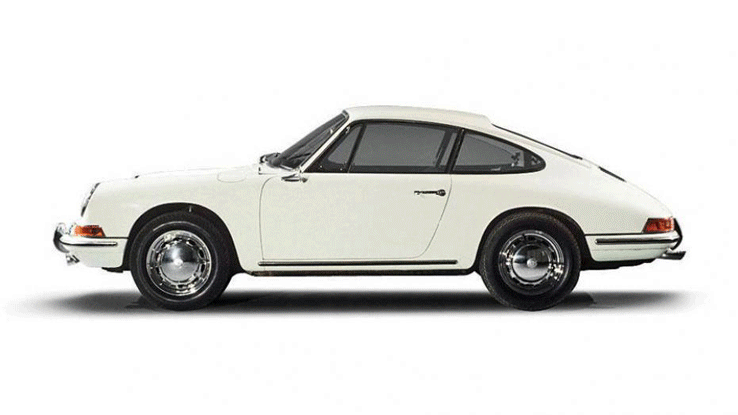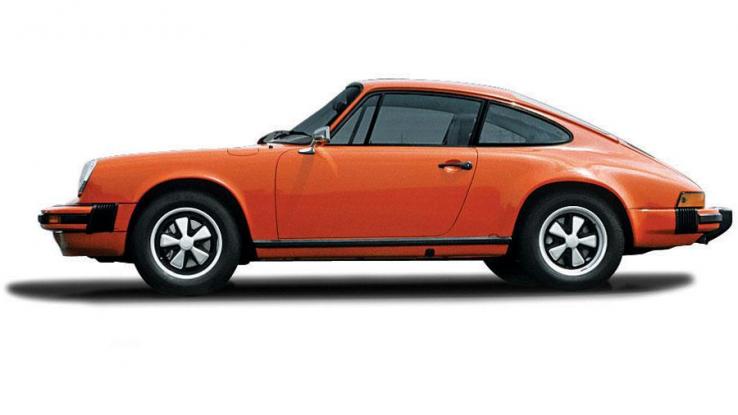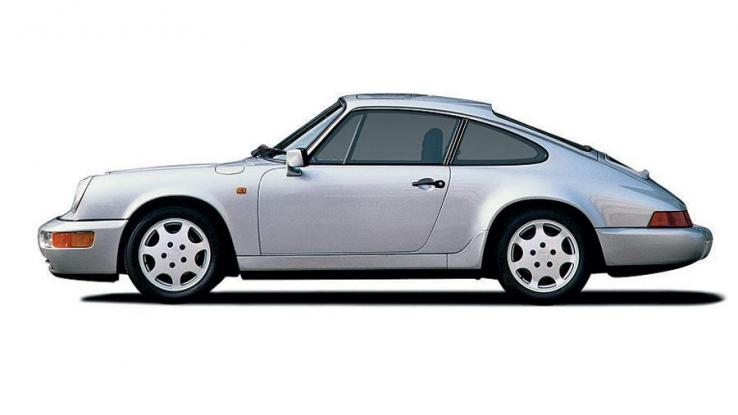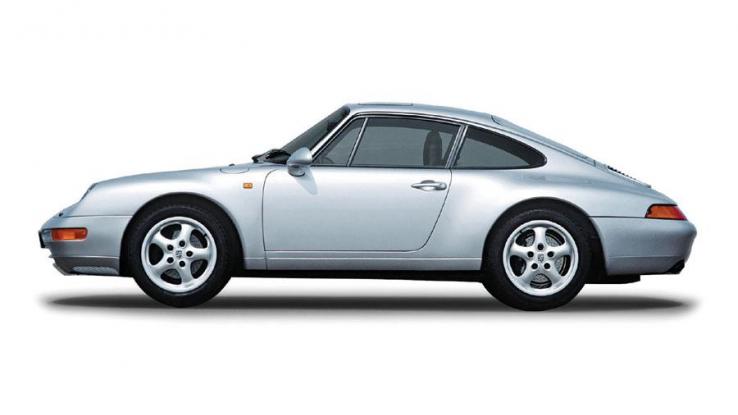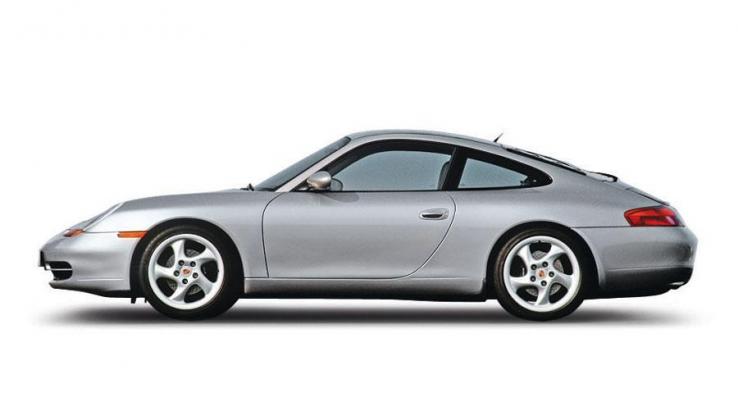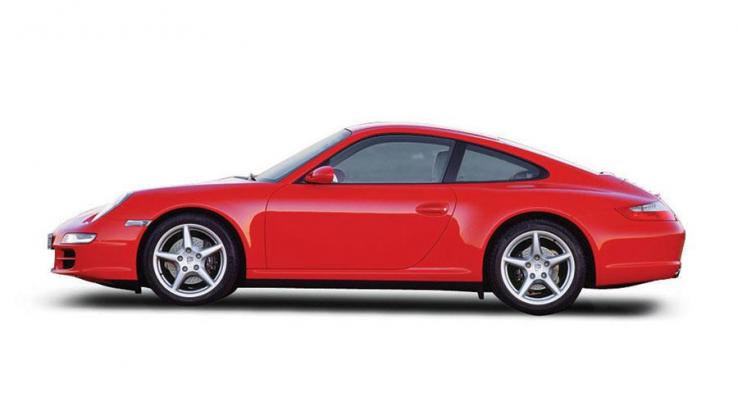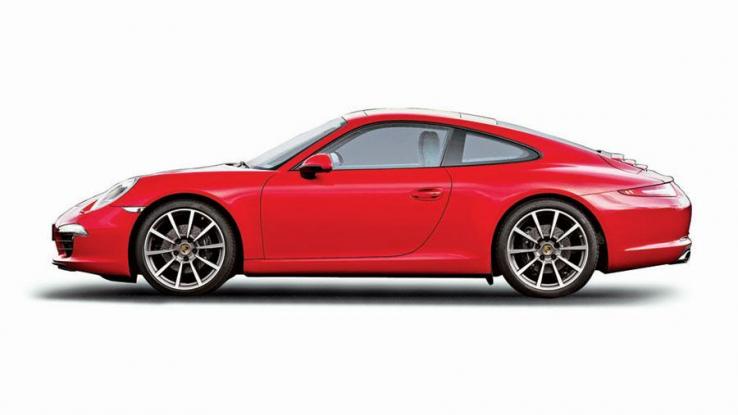Which Porsche would you choose?
Decisions Decisions… Which supercar would you choose from Porsche? Its the 959 for our money. A classic that set the stage for the next 20 years of Porsche technology all while being 911 based!
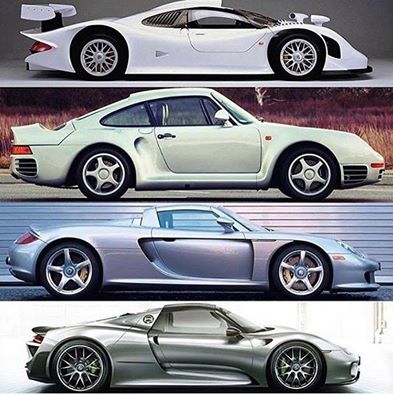
Check out this 1987 review from Car & Driver:
We hesitate to call any car perfect. The absence of flaws in any product of human endeavor is extraordinarily rare. But we have just returned from West Germany, where we finally got a chance to drive a Porsche 959 on the street, and the word “perfect” is difficult to avoid. What single word more accurately describes a car that combines race-car performance with luxury-sedan comfort, that is equally adept at commuting through rush-hour traffic, profiling in jet-set locales, negotiating blizzard-swept mountain passes, and outrunning light airplanes? The Porsche 959 can accomplish almost any automotive mission so well that to call it perfect is the mildest of overstatements.
Power and speed are the core of the 959’s excellence. With rocket-sled acceleration and the highest top end we’ve ever measured, the 959 stands alone at the pinnacle of production-car performance. If that sounds like hyperbole, how does a 0-to-60-mph time of 3.6 seconds strike you? Or 100 mph from rest in a mere 8.8 seconds, 120 mph in 12.4 seconds, and 140 mph in a tick less than 20 seconds? The 959 devours the standing quarter-mile in twelve seconds flat, with a terminal speed of 116 mph.
We recorded these figures at the Hockenheim-Ring, the site of this year’s German Grand Prix, employing a starting procedure recommended by Manfred Bantle, the project director of the 959 program. The drill was to switch the 959’s programmable four-wheel-drive system into its locked setting, engage low gear, wind the engine to 7000 rpm, and drop the clutch. The result was a cloud of rubber dust from four spinning Bridgestone RE71 gumballs, and a car that disappeared as if shot from a cannon.
As remarkable as these acceleration runs were, the 959 was just as impressive when accelerated in a more normal fashion. In tests with no wheelspin and minimal clutch slip, it sprinted from rest to 60 mph in only 4.9 seconds.
Unlike most ultraperformance cars, the 959 is astonishingly easy to drive. This is especially true if one starts in the lowest of the transmission’s six ratios—though Porsche, inexplicably, discourages this practice in on-road driving by labeling the bottom gear with a “G,” for Gellinde (terrain). When starting off in “G,” minimal clutch slip is needed to help the engine onto its power band. The clutch action is on the heavy side but very progressive, and stirring the shifter is a delight. The lever has been moved about three inches rearward from the usual 911 location, and the linkage has none of the rubbery feel we’ve come to expect in rear-engined cars. Instead, the 959 shifts with a wonderfully slick and fluid action. And with six ratios to choose from, the driver can run the engine either mild or wild.
These two personalities are clearly defined by the transition from single- to twin-turbo operation. The 959’s engine—all 24 valves, four overhead camshafts, twin turbochargers and intercoolers, two water-cooled heads, and six titanium connecting rods of it—is essentially a domesticated version of the 962’s racing powerhouse. Such engines thrive at high rpm but generally are weak at low engine speeds. The solution in the 959 is a staged turbocharger system. At low rpm, all of the exhaust flow is directed through just one turbocharger, bringing it quickly up to speed. Boost starts to build at 1500 rpm; by about 3000 rpm, the peak pressure of 14.5 psi is available. The second turbocharger cuts in at about 4300 rpm, uncorking the engine’s high-speed breathing abilities. The 959, in turn, surges forward as if a second set of cylinders were activated.
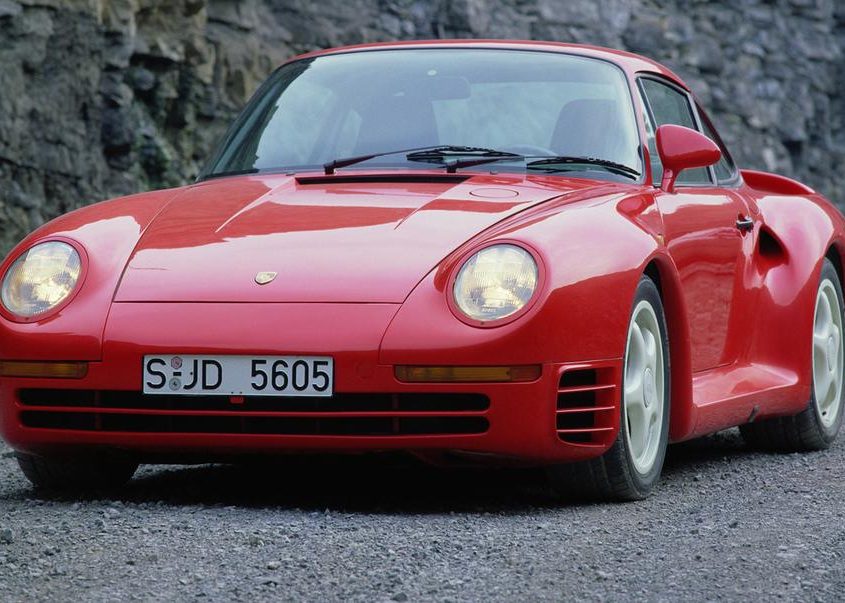
Developing 444 hp at 6500 rpm, the 959’s 2.8-liter flat six-cylinder produces more than 156 hp per liter. To put that into perspective, the Callaway Corvette’s twin-turbo V-8 has twice the displacement of the 959 engine but produces about 100 hp less, for a specific output of only 60 hp per liter.
In spite of its heroic output, the 959’s all-aluminum powerplant is always smooth and refined. It idles evenly at 800 rpm, it can be driven away at 1000 rpm in top gear without a shudder or a lurch, and it’s quieter than a production 911 powerplant. When it climbs into the boost mode, its power surge feels like a strong push rather than a hard punch. This softness around the edges of the awesome power curve lets the driver use the 959’s tremendous thrust with confidence.
Project director Bantle believes strongly that speed without security and stability is senseless, and we were eager to see whether his car would deliver both elements of the equation. The 959 was in our hands for only 24 hours, so we had no time to find a track where we could measure its top speed. We had to do it the German way—on the autobahn. We chose to run at night, when traffic was minimal, but the conditions were less than ideal: our test stretch was only two lanes wide, and it wasn’t perfectly straight. Nevertheless, we clocked a two-way average of 190 mph, without ever feeling as though we were driving on the hairy edge. According to the factory, the 959 will do 195 if given enough room.

